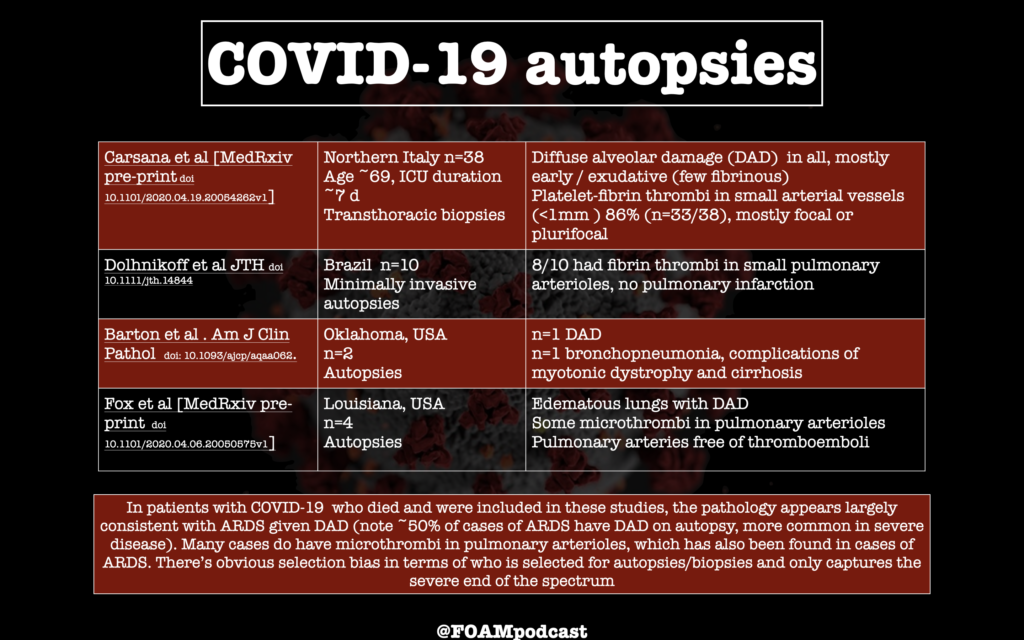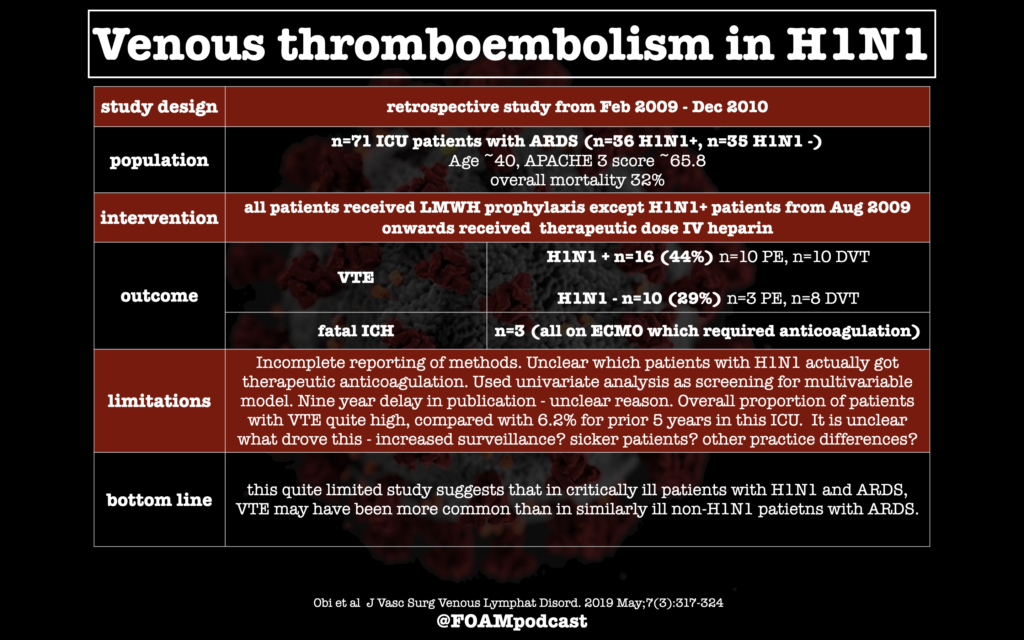We are bringing you updates on COVID-19. Note: If you are listening to these more than a few days in the future, please beware that information may have changed and check subsequent episodes. This episode was recorded May 23, 2020
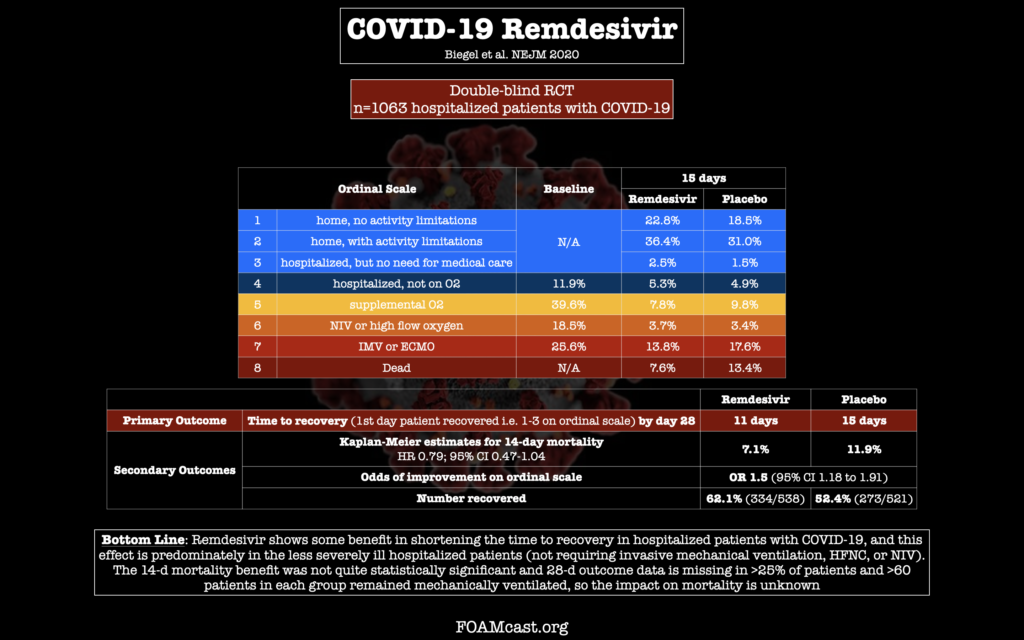
We are bringing you updates on COVID-19. Note: If you are listening to these more than a few days in the future, please beware that information may have changed and check subsequent episodes. This episode was recorded May 23, 2020

We are bringing you updates on COVID-19. Note: If you are listening to these more than a few days in the future, please beware that information may have changed and check subsequent episodes. This episode was recorded May 22 2020
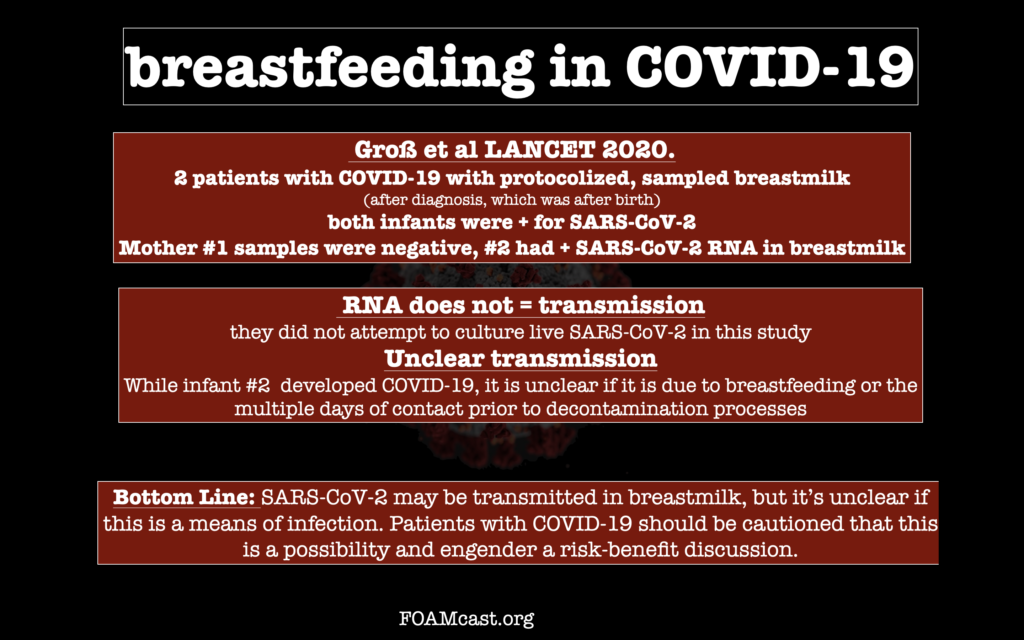
We are bringing you updates on COVID-19. Note: If you are listening to these more than a few days in the future, please beware that information may have changed and check subsequent episodes. This episode was recorded May 22 2020
We often want to know – does this patient have COVID-19 based on clinical features. These authors attempted to tackle this question
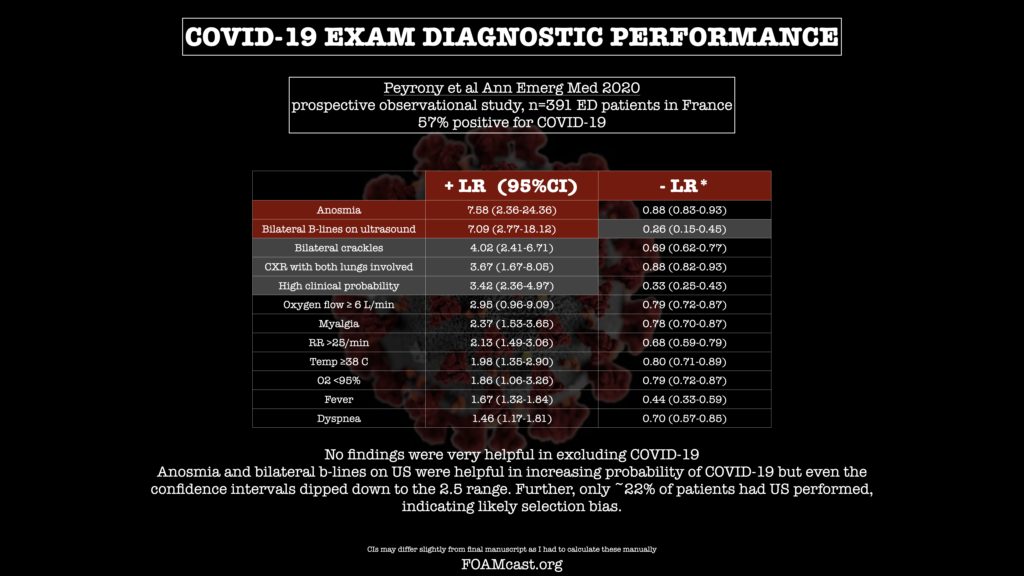
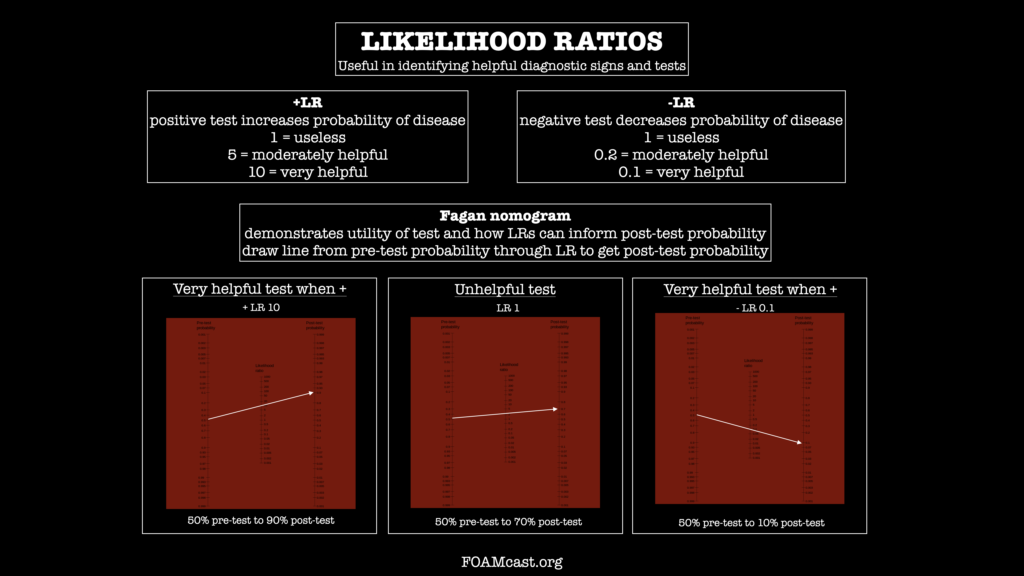
Check out Brief19.com for daily research and policy briefings
We are bringing you near-daily updates on COVID-19. There is a firehose of information and most of us are too busy to read and digest it all. Note: If you are listening to these more than a few days in the future, please beware that information may have changed and check subsequent episodes. This episode was recorded May 15, 2020
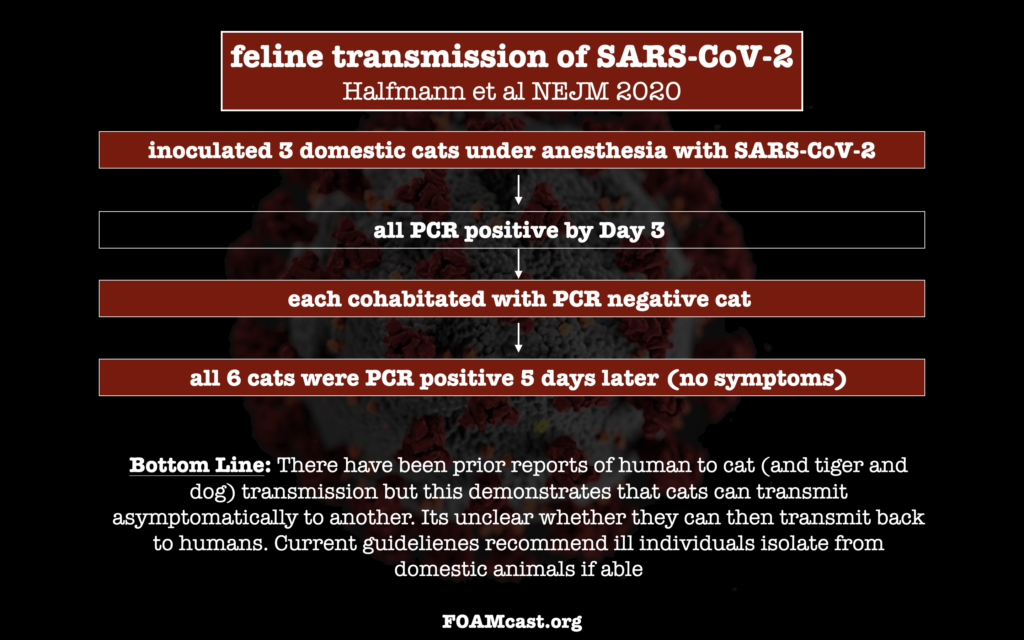
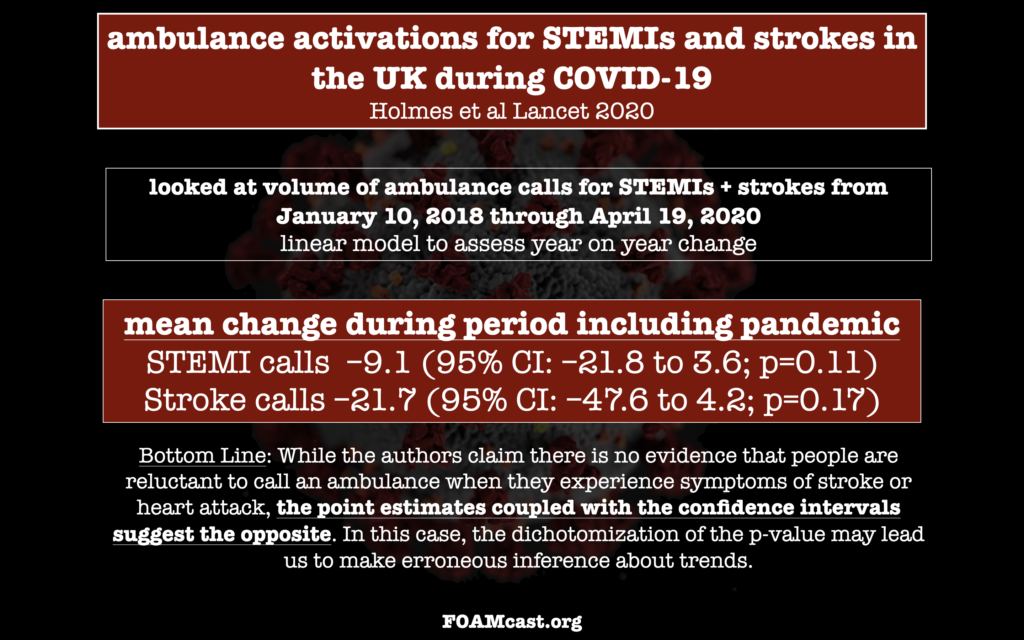
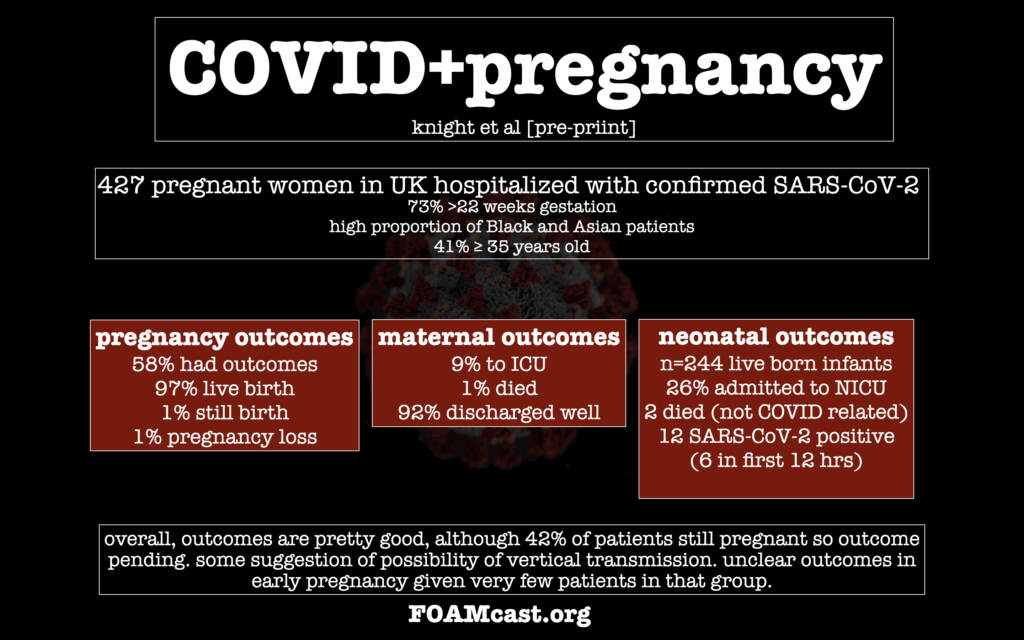
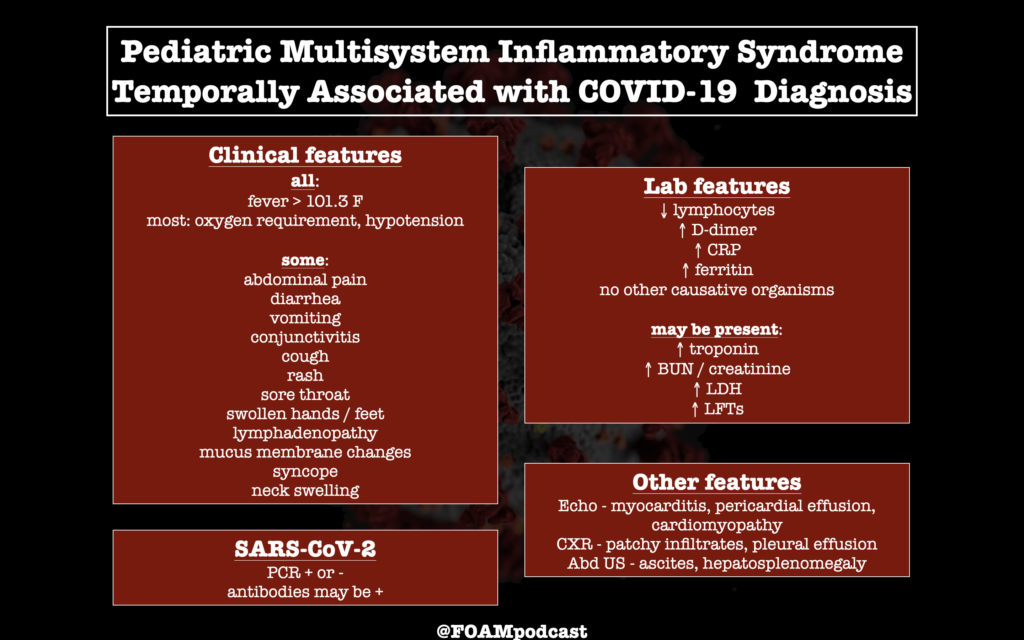
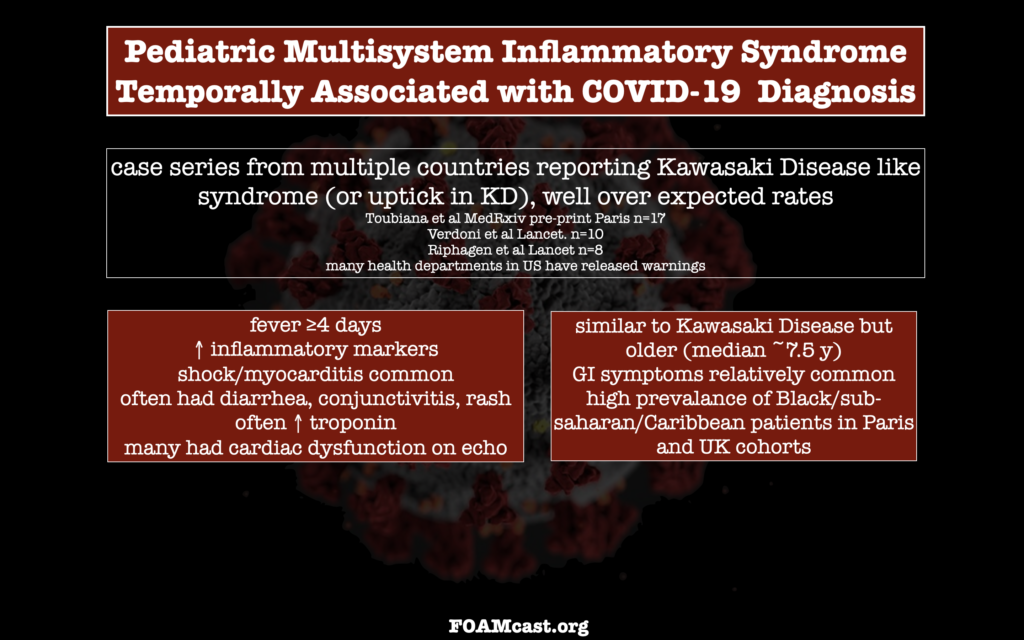
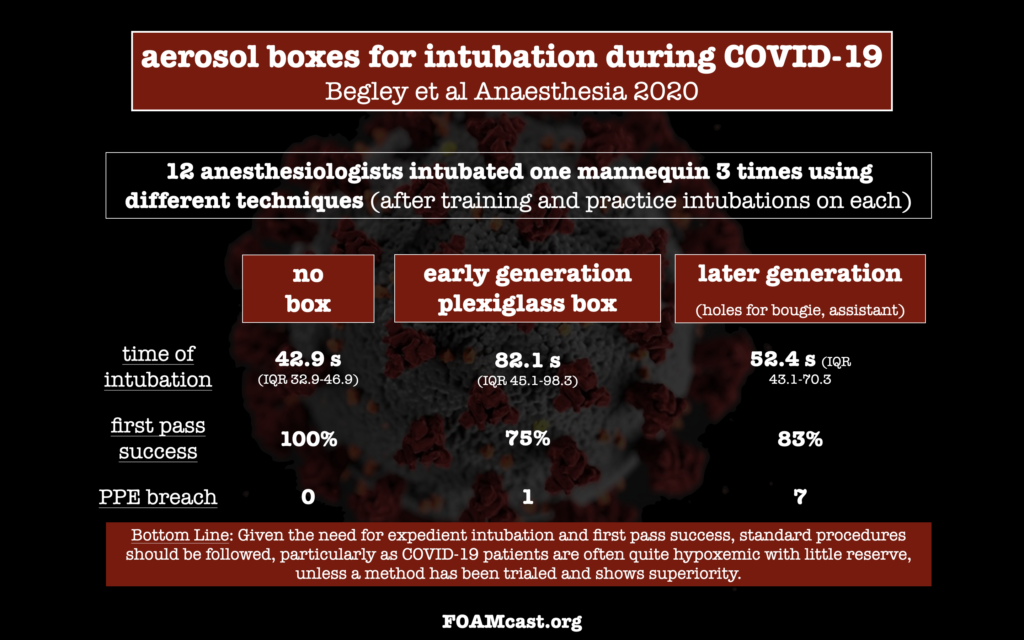
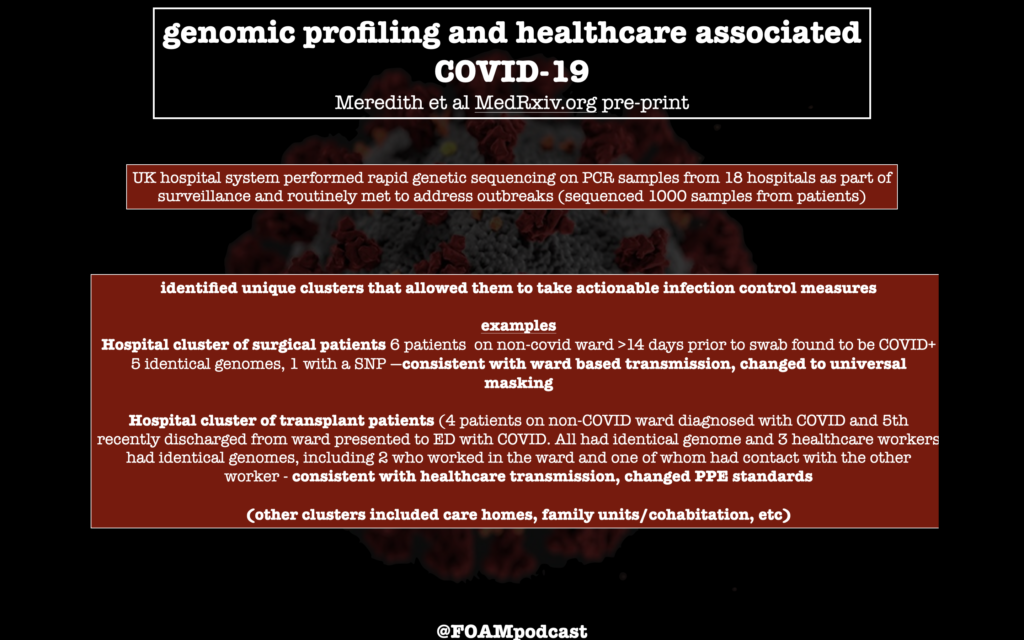
We are bringing you near-daily updates on COVID-19. There is a firehose of information and most of us are too busy to read and digest it all. Note: If you are listening to these more than a few days in the future, please beware that information may have changed and check subsequent episodes. This episode was recorded May 9, 2020
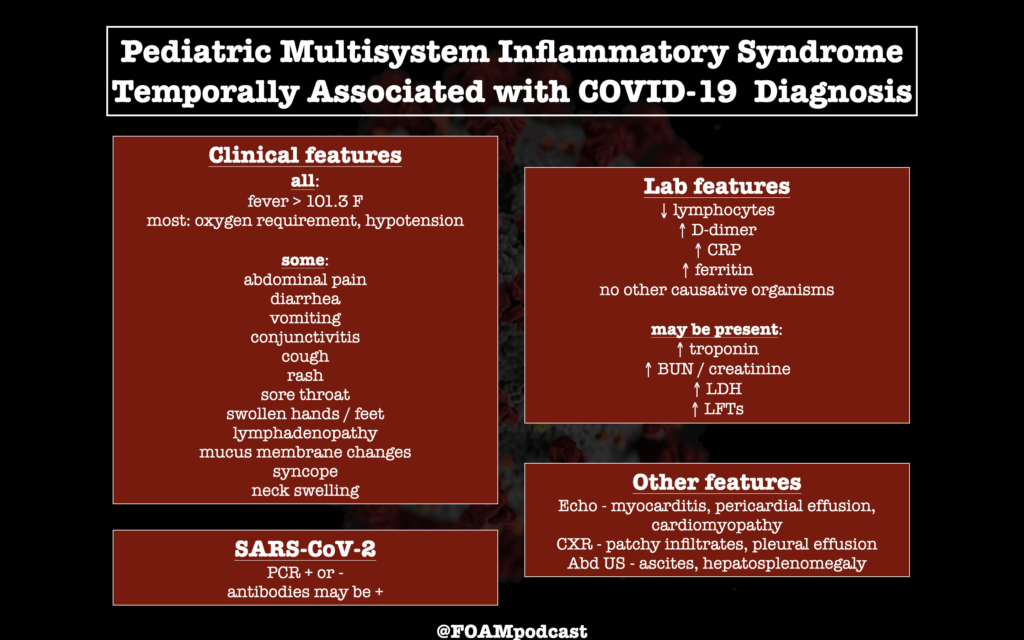
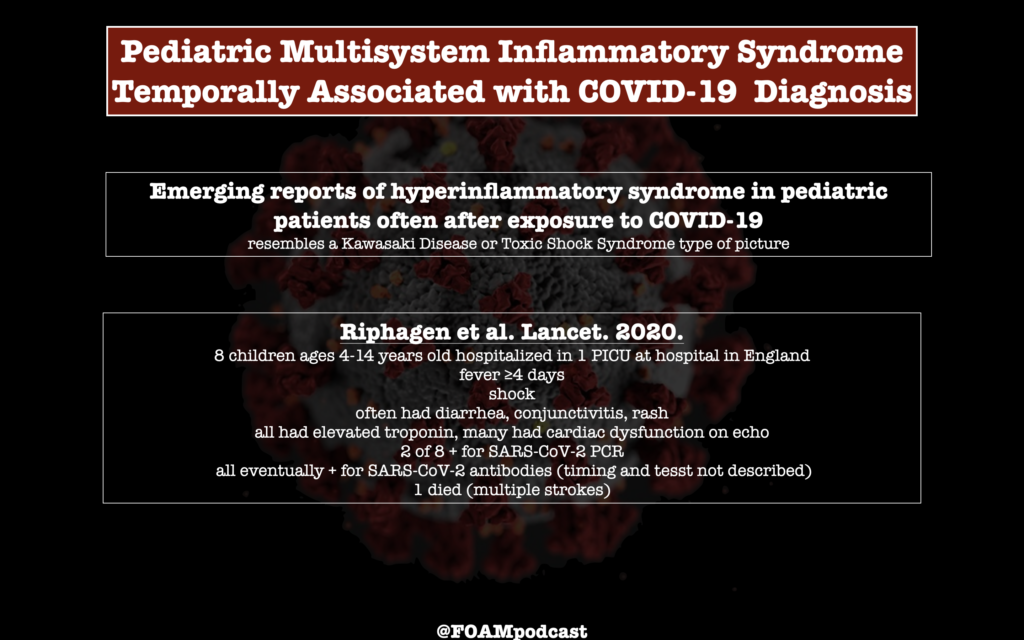
We are bringing you near-daily updates on COVID-19. There is a firehose of information and most of us are too busy to read and digest it all. Note: If you are listening to these more than a few days in the future, please beware that information may have changed and check subsequent episodes. This episode was recorded May 6, 2020
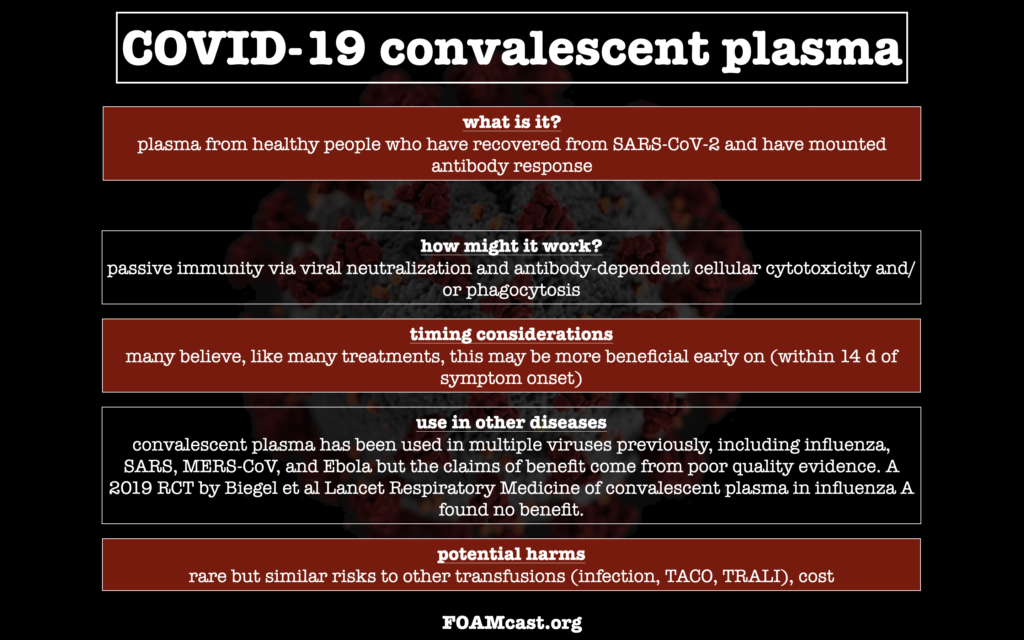
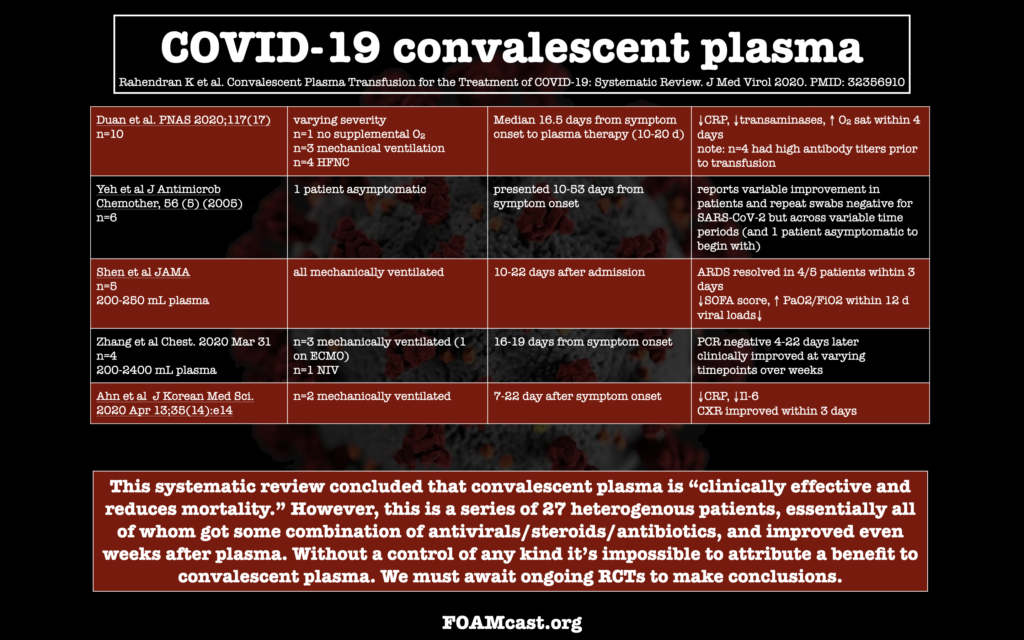
We are bringing you near-daily updates on COVID-19. There is a firehose of information and most of us are too busy to read and digest it all. Note: If you are listening to these more than a few days in the future, please beware that information may have changed and check subsequent episodes. This episode was recorded May 2, 2020
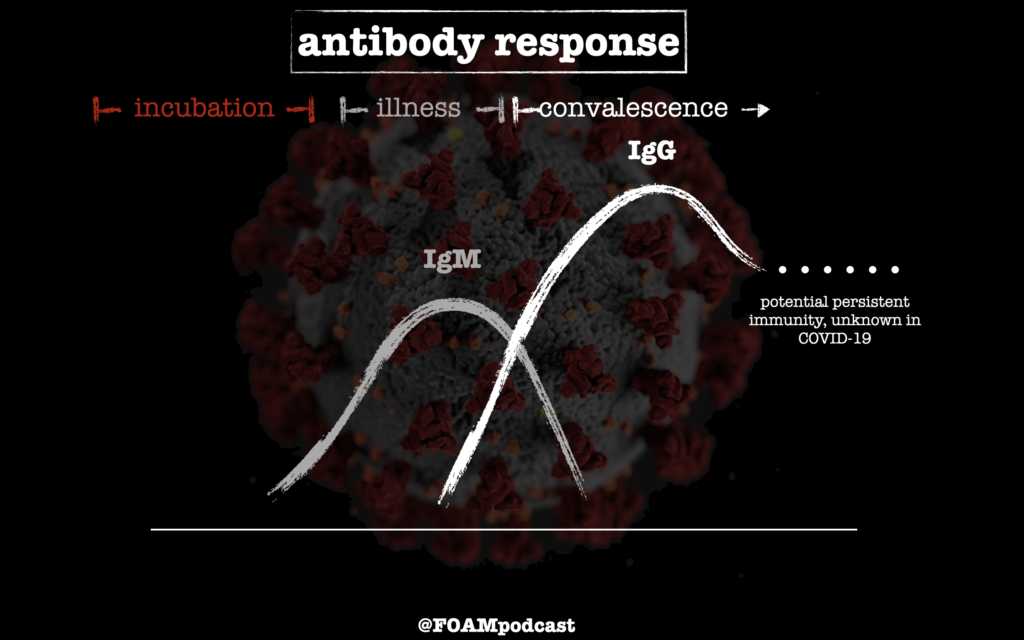
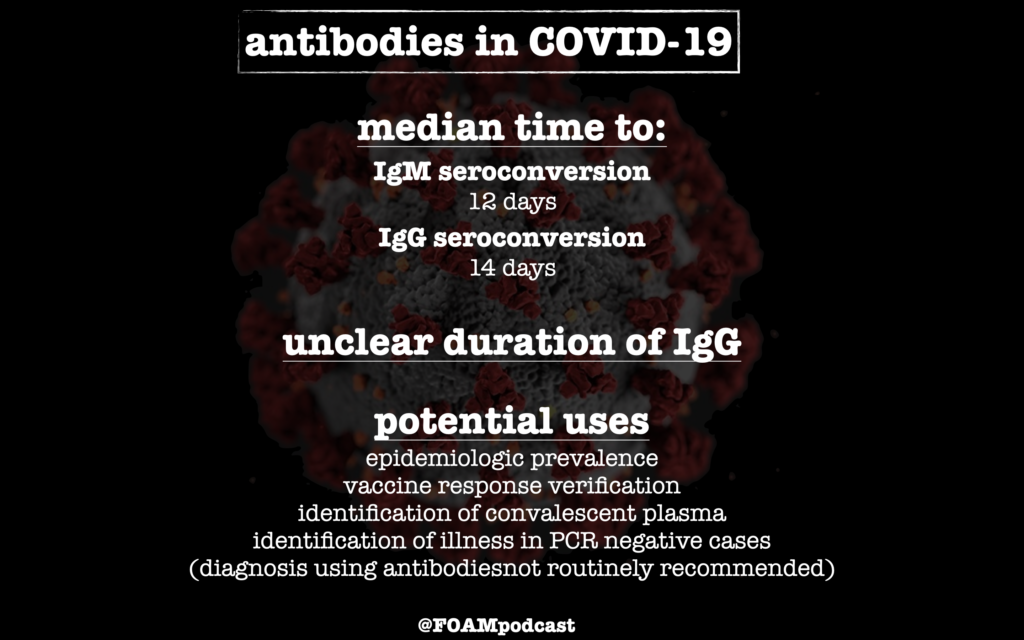
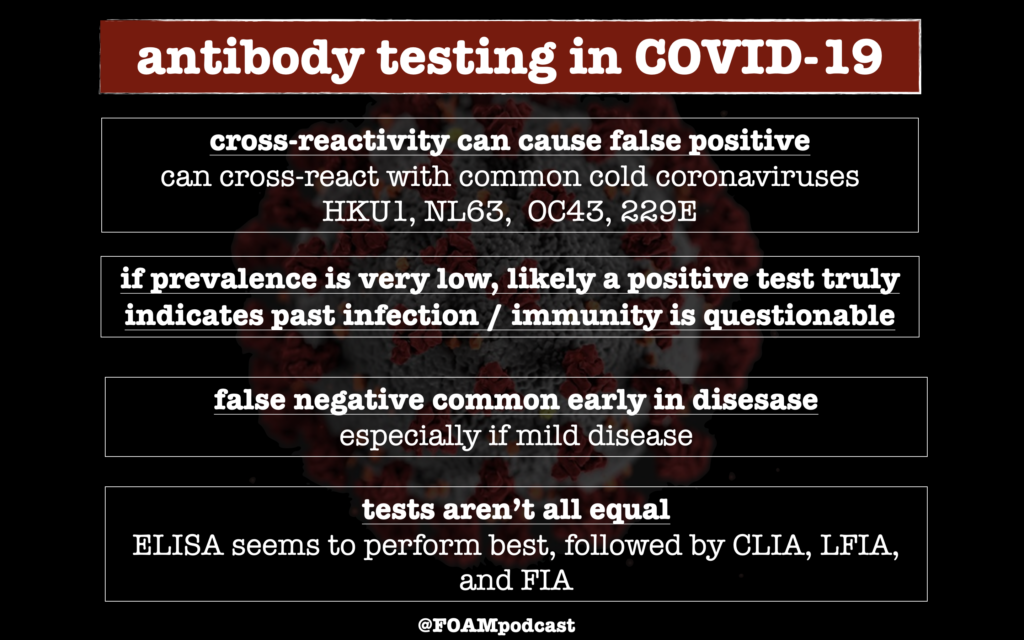
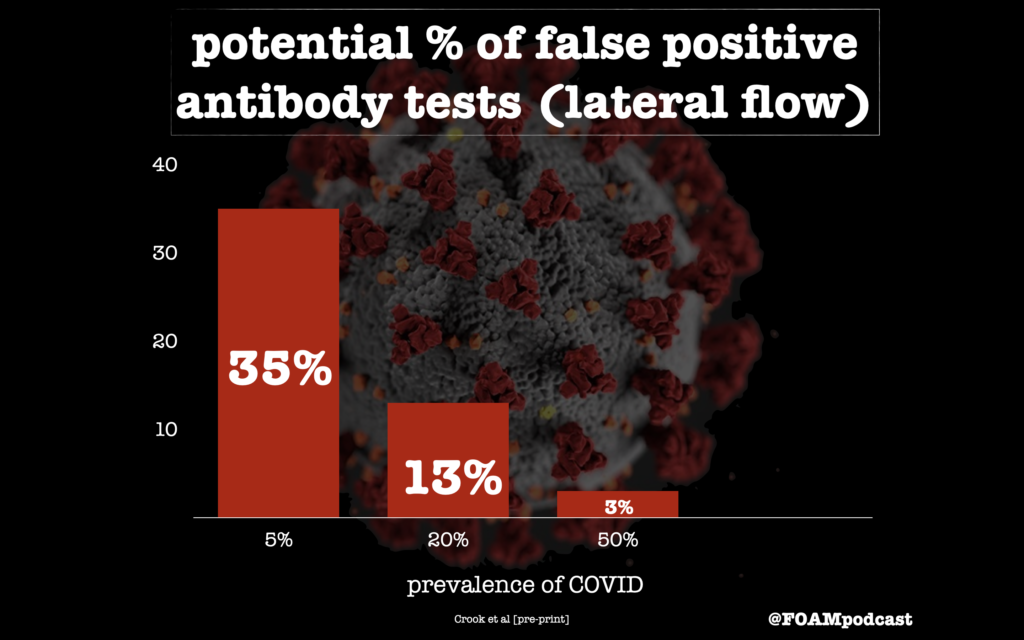
We are bringing you near-daily updates on COVID-19. There is a firehose of information and most of us are too busy to read and digest it all. Note: If you are listening to these more than a few days in the future, please beware that information may have changed and check subsequent episodes. This episode was recorded 4/29/20
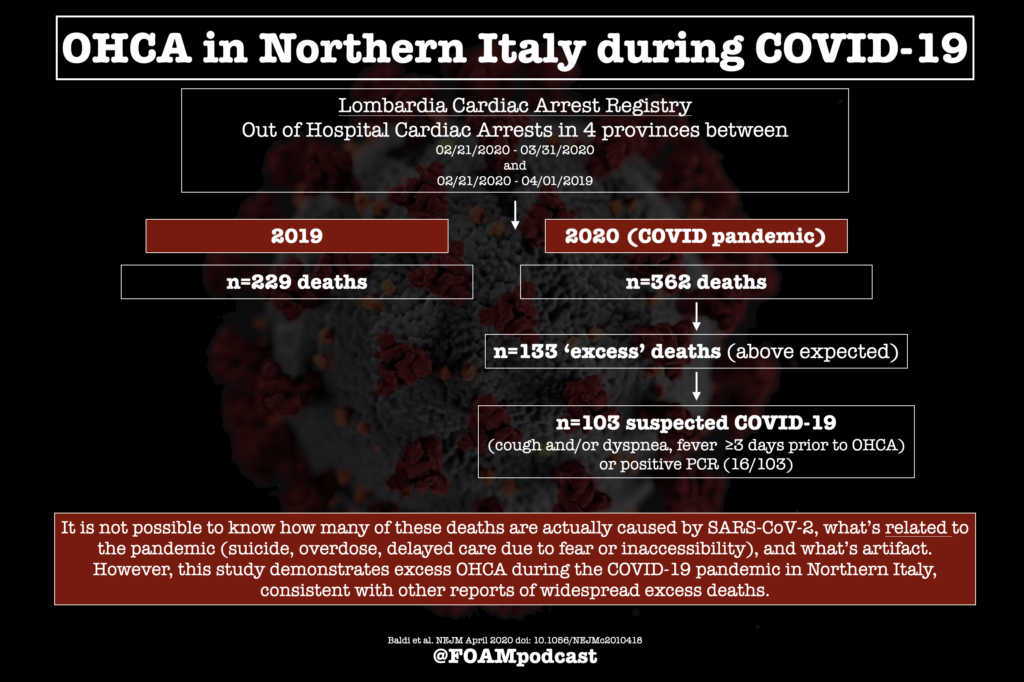
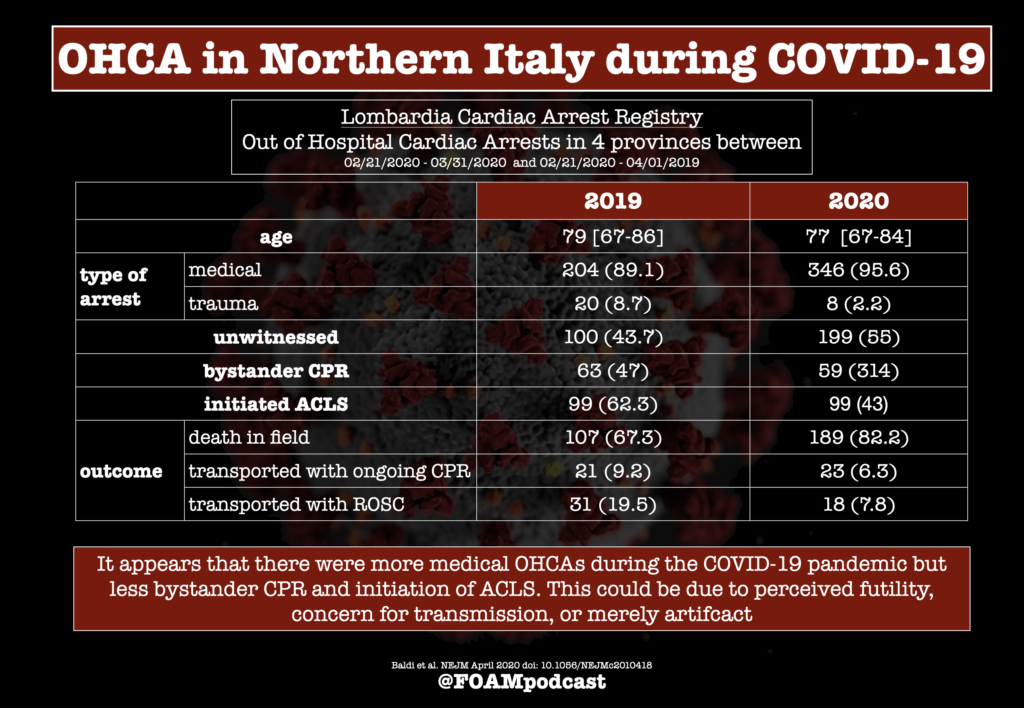
We are bringing you near-daily updates on COVID-19. There is a firehose of information and most of us are too busy to read and digest it all. Note: If you are listening to these more than a few days in the future, please beware that information may have changed and check subsequent episodes. This episode was recorded 4/28/20
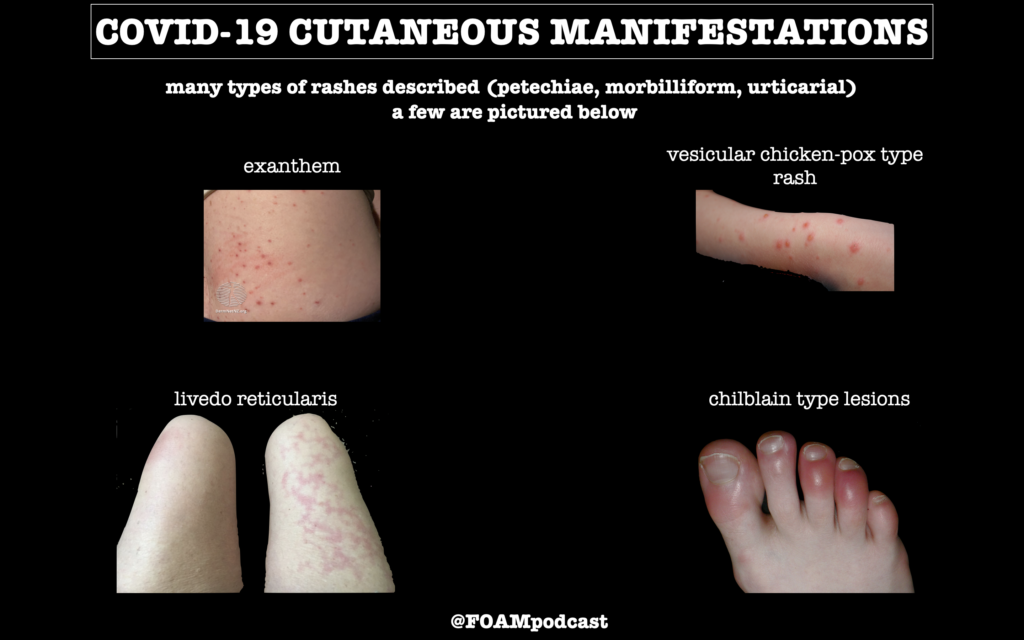
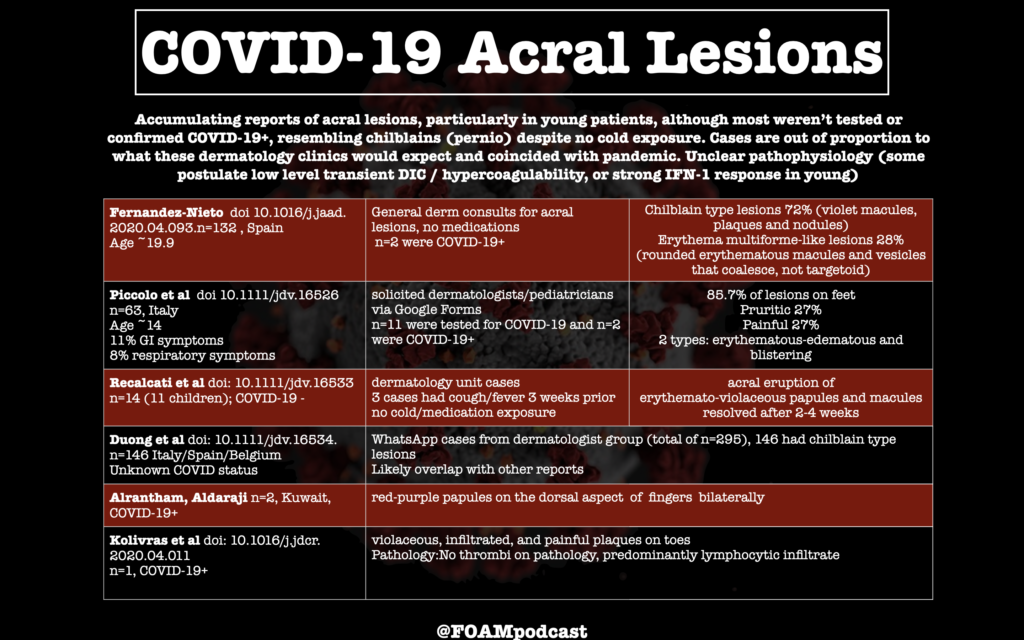
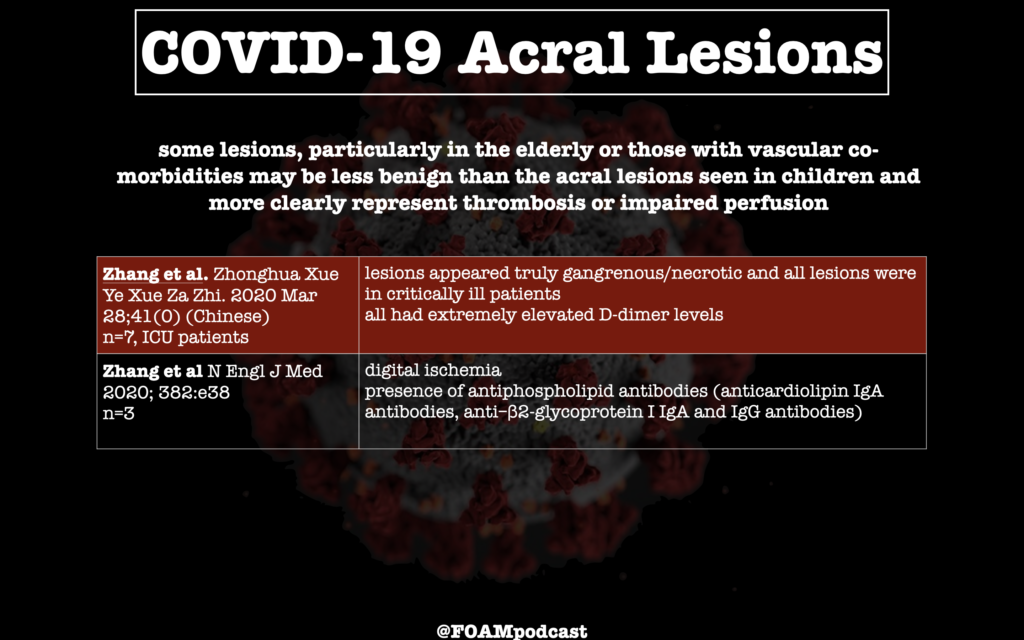
We are bringing you near-daily updates on COVID-19. There is a firehose of information and most of us are too busy to read and digest it all. Note: If you are listening to these more than a few days in the future, please beware that information may have changed and check subsequent episodes. This episode was recorded 4/26/20
